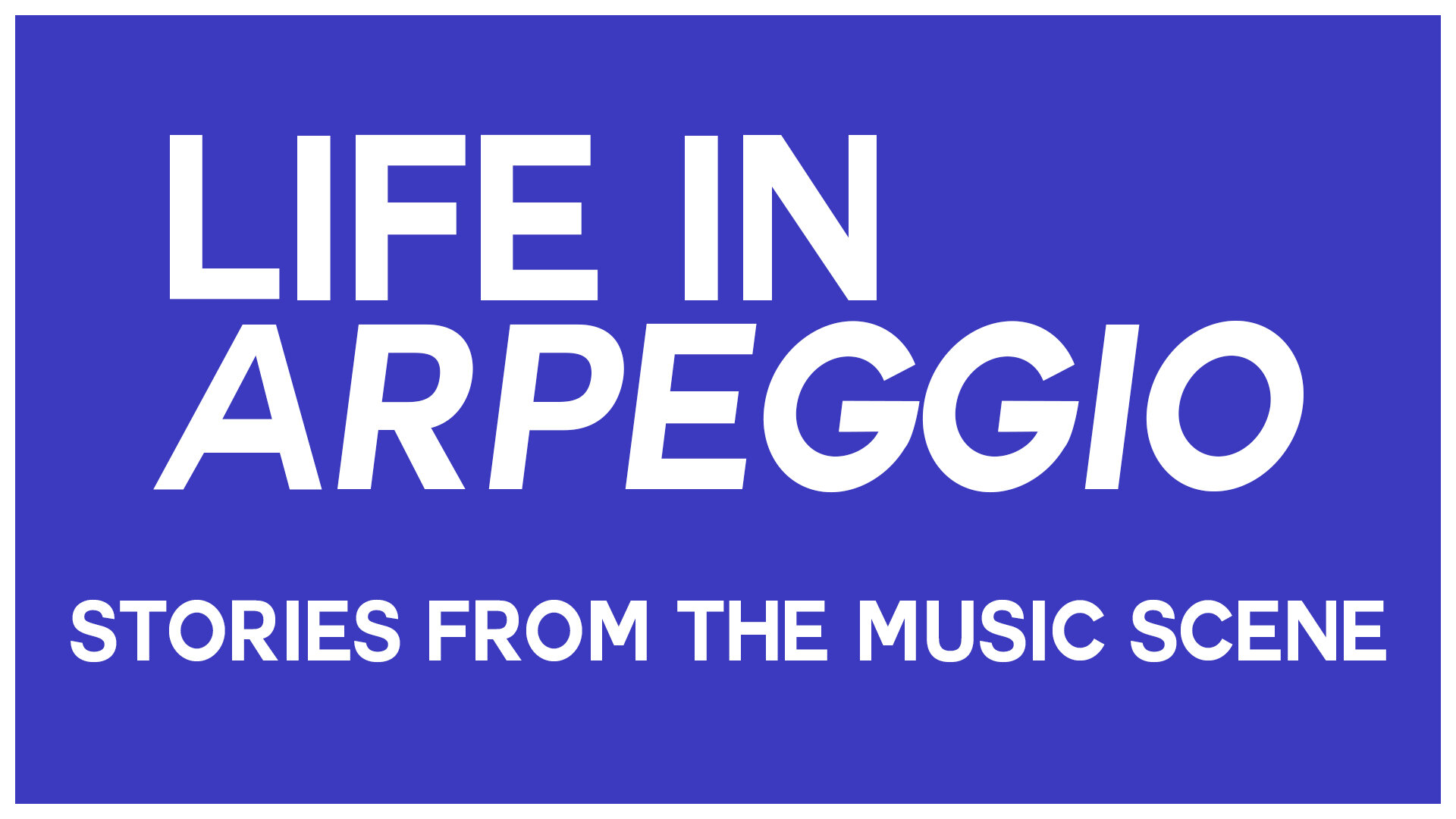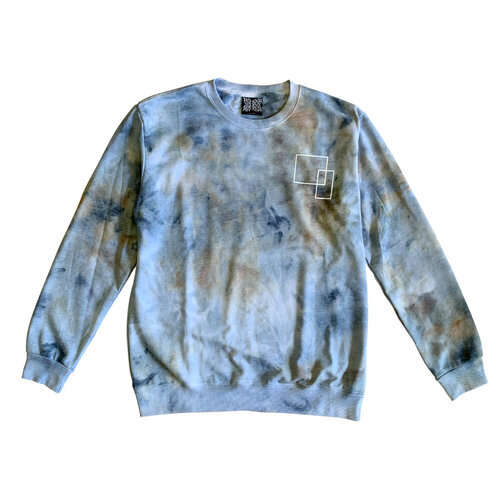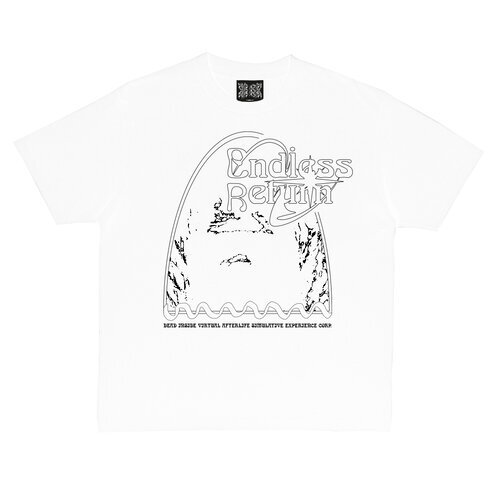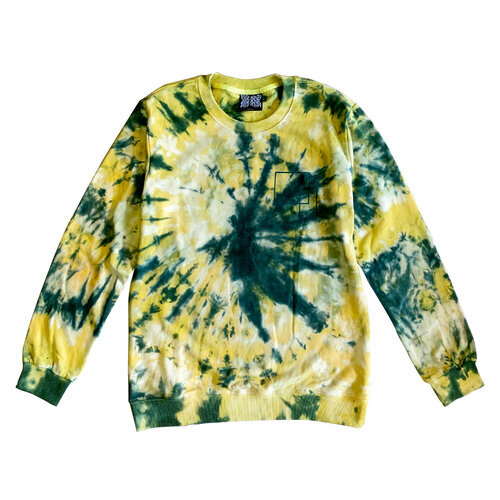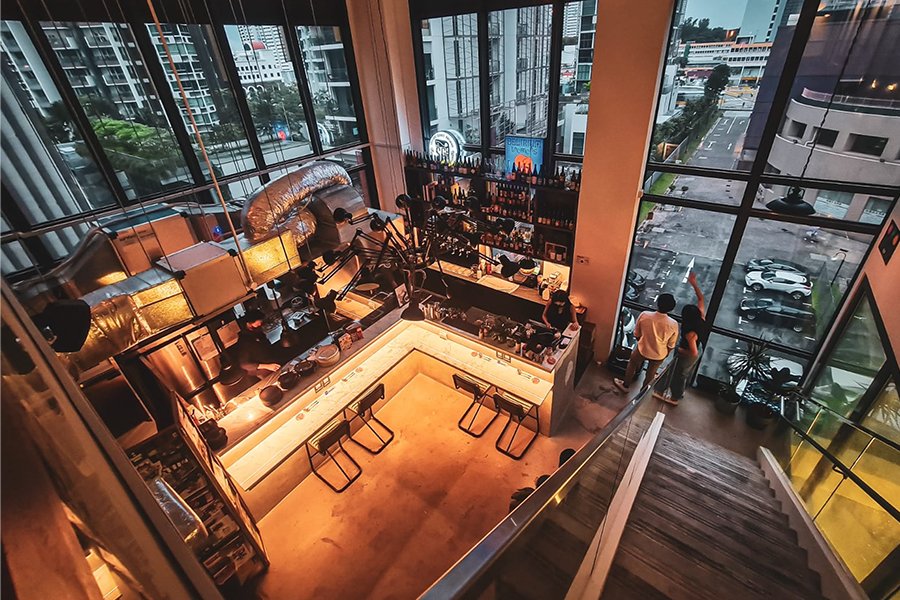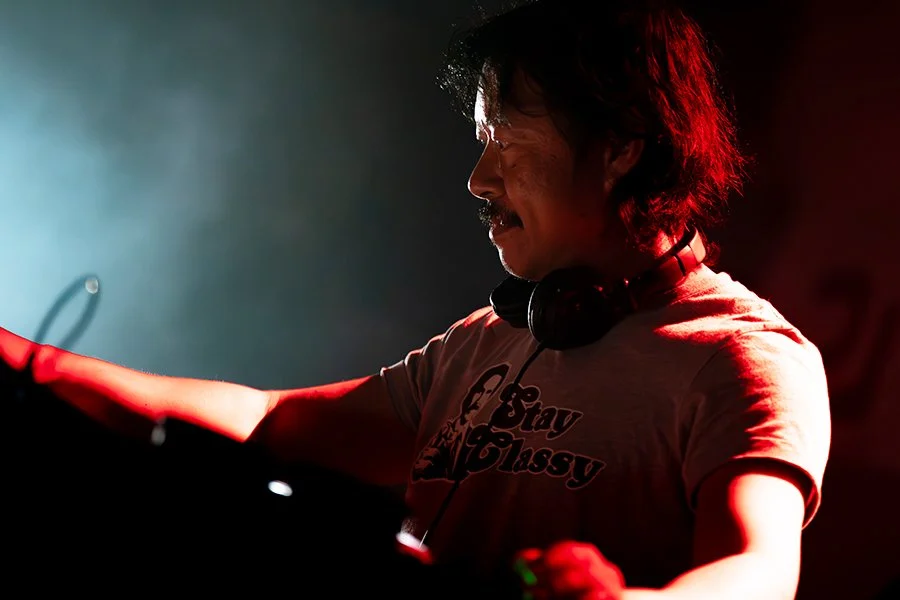The Sound Of Symbiosis: Anti Shift Breaks Down His New Sci-Fi Musical Odyssey
Enter the dystopian realm of Symbiosis, the new EP from local producer, Anti Shift (Credit: Photo courtesy of Anti Shift, artwork by Anti Shift and Noln Studio)
The clanging din of a cyborg factory. A race down a neon-washed highway. The austere jaws of an industrial wasteland. Or an unlawful bacchanalia where creatures of the night carouse like there’s no tomorrow. These scenes could very well belong in a dystopian sci-fi opus, and it is this thematic backdrop that contextualises the new gears of Singaporean producer, Anti Shift.
The musical moniker of Clifford Chong, Anti Shift wields the power of visual suggestion with his instrumental, electronic escapades. In his sophomore EP, Symbiosis, he pays homage to the scores of trope-defining classics like Blade Runner. He depicts a not-so-fictional near-future where humans and artificial intelligence merge, competing in a dog-eat-robodog world governed by corruption and severity. Conveying this narrative is a network of cold, harsh instrumentation – bellowing kicks, sustained bass hums, strident galactic synths and piles of industrial accoutrements in mish-mashed formats of dronetronica and dark electro. They come together in series of climatic crescendos and reflective diminuendos, mirroring the cinematic pace of the definitive epics that inspired them.
Symbiosis aptly introduces an upgrade – imagine a cybernetic one – of Anti Shift. The menacing and hulky EP lies in stark contrast to his debut EP, Post Structural. Released in 2018, that prior expedition provided a more tranquil experience, densely rooted in the more soporific nature of ambient. It’d earlier shown Clifford’s delicate songcrafting sensibilities, portraying beauty with the tools of fine-tuned minimalism and a fascination with reimagined urbanity. Instead, what you hear on Symbiosis is the amplification of these techniques, fabricating new realities in overdrive.
On top of all this, Clifford complements his artistry with other impassioned pursuits. The graphic designer also runs his own clothing label, Dead Inside, fuelled by a vision that embraces nonconformist ideals. Through it, he’s shown an intertwined connection within the music scene, with a portfolio that includes collaborations with techno label Midnight Shift, unorthodox promoters Endless Return, and ambient producer Planeswalker. Clifford further uses Dead Inside as a platform for other experimental musicians. With its native podcast series titled Sounds of a Post Apocalyptic Landscape, he’s featured alumni such as Zeekos Perakos, Anhedral and George Chua, showcasing an esoteric side of the scene that tends to be overlooked.
With the release of Symbiosis out now on Los Angeles label, TAR, Clifford shares more about his creative odyssey in this interview. What does the world of his imagination look like? Why does he gravitate towards sci-fi? And with all the numerous activities he’s juggling, can we be sure that he’s not a robot himself? Read on and decide.
Symbiosis is an evolution from his previous ambient works (Credit: Courtesy of Anti Shift)
When did you first start dreaming up the world and fantasy of Symbiosis?
So Symbiosis was actually loosely conceptualised about three years back when I released Post Structural which is the more utopic, hence meditative, rendition. Upon its release, I wanted to paint the other perspective which is dystopia, a world that is more dark and ominous rather than the bliss you hear in the previous EP. So I set myself on the project immediately after and I’m excited that it is finally releasing!
Are you someone who comes up with the fiction behind the track before you start toying with the instrumentation?
Not really. Prior to embarking on Symbiosis, I knew that the next release was going to portray some sort of dystopia. But I didn’t conceptualise it heavily at that point in time. I was just writing tracks, learning and taking inspiration from things around me.
From there, I guess the term dystopia kept ringing in my head such that I eventually became engrossed in sci-fi films as I would actively watch them to draw artistic inspiration. This process then reinforced the concept for the EP over time. That being said, I don’t normally conceptualise my tracks and plan out every detail in advance. I’d like to work on a single sound first and let that decide my direction.
Clifford was inspired by the patterns of Chicago footwork and UK garage in the percussion process of Symbiosis (Credit: Courtesy of Anti Shift)
Would you regard yourself a big sci-fi geek, and have these tropes and ideas always influenced the way you craft compositions?
I’m always drawn to otherworldly experiences. It’s always interesting to see other people’s interpretations of what our future or an alternate reality might be like and that excites me to see how things pan out. The scores in such films play an imperative role in immersing and transporting viewers through a portal and into a whole new realm that’s separate from the one we live in. That experience always intrigues me and I found that to be a necessary element in my works.
One quality of the new material that stands out is the robust addition of beatwork, from the industrial clamour on “Intangible Spectrum” to the electro-tinted salvoes on “Intertwine”. How was it like adding these percussions to your arsenal as a producer?
It was quite refreshing considering my previous release being a full ambient one. But it also felt natural for me to introduce percussions into Symbiosis as at the time of writing, I was already diving into more percussion-led genres such as footwork and UK garage.
The album art for Symbiosis (Artwork by Anti Shift and Noln Studio)
As for the rest of the layers, how did you find and refine the sounds that made their way into creating the dystopian, brooding, AI-infested world of Symbiosis?
Writing Symbiosis was a process of watching films and listening to the scores on repeat. I was paying close attention to the scores of films such as Blade Runner, Devs, Beyond the Black Rainbow and Ex Machina which I would put on for at least 30 minutes before I start on any writing.
After a day of writing, I would then listen back to the scores and compare my tracks with them to see if they align. Thereafter, I would identify the gaps and work on them again the following day.
“Ambient music has the power of transcendence and healing and I first discovered its potential back when I was still in school.” (Credit: Courtesy of Anti Shift)
The alpha (“Simulated Reality”) and omega (“Symbiosis”) of the EP are more nebulous and meditative in nature. What was your intention in the placement of these tracks in the EP?
I felt that “Simulated Reality” was the perfect track to set things in motion. It depicts the scenario of walking into a dark chamber only to find a lurking darkness waiting to latch onto you like a parasite. The last track, “Symbiosis”, is intended to welcome and worship this new metahuman stepping out of the chamber after undergoing a complete symbiosis with the darkness inside.
There’s a very strong urban imagery in these works, almost as if it’s depicting the underbelly of a future metropolis. Do you yourself have a fascination with urban textures and the rhythm of cities?
Not really, but I think it might just be that the concept of dystopia or utopia is often depicted with industrial elements like the skyscraper-filled cities in films like Bladerunner and Star Wars. And depending on which scenario you are trying to depict, it’ll either be filled with natural overgrowth or engulfed in smoke – thus the intentional elements of plants and fog in the album art of both releases.
The new EP is worlds apart from your Post Structural debut in 2018. Was it hard to break away from the more ambient nature of these previous works?
It was definitely a challenge at first because the way of writing differs to an extent. Although they are vastly different moods, both genres coexist in my day-to-day life such that it was not as big as challenge as I had imagined down the road, as it became a natural process of adopting elements from songs that I listen to and applying them to the music.
With regards to your ambient history, what first inspired you to discover this field of music, and why pursue it as an artiste?
Ambient music has the power of transcendence and healing and I first discovered its potential back when I was still in school. At that point in time, I was dealing with anxiety and discovering that ambient music was a huge life-changer because it helped me manage all of that. Every time when there is too much noise in my head, I would put on my headphones and listen to hours of drone music to drain out the noise. Likewise, I don’t aim to solely pursue ambient in my works but rather introduce it every now and then when there is too much ‘noise’ in my compositions. I feel that helps to balance things out.
On the side, you also run the fashion label, Dead Inside. Can you tell us more about this endeavour and how it complements your artistry?
Dead Inside is a platform for expressing my graphic side of things and my adoration for fashion. It started when I was first picking up design and needed an outlet to share my works with others.
As I dived deeper into the more experimental side of design, I too found myself searching for more interesting music and I began to stumble upon artists that I had never heard of. I continue to be amazed at the kind of works that exist out there and I think the process for creating graphics for Dead Inside kind of gives me inspiration for my music as well, as it consistently exposes me to interesting works and persuades me to push boundaries with my artistry.
Dead Inside even runs its own podcast series titled Sounds of a Post Apocalyptic Landscape where you invite other producers to create experimental mixes. What spurred on this series?
It all happened from the moment I started attending the more forward-thinking parties like Horizon99, Pure Ever and Endless Return which showed that there was a thriving community of Singaporeans who resonate strongly with the subcultures of music and art happening around the world.
From meeting individuals from the scene, it dawned upon me that opportunities and connections are extremely important. I discovered that many of such artists do not receive the opportunity they need to showcase their works just because their works are less conventional than the mainstream artists.
Every individual deserves a platform for expression regardless of the nature of their work and I think that kick-started the series to raise awareness and shed light on these otherwise obscured artists and their works.
And to wrap up, are there any other ambitious projects you wish to unveil following the release of Symbiosis?
I can’t say much at the moment but some things are definitely in the works at the moment. So stay tuned!
(Credit: Courtesy of Anti Shift)
Listen to Symbiosis by Anti Shift out now on TAR. Follow his Instagram page to stay updated with his activities, and check out his fashion label and podcast series on the Dead Inside website.
